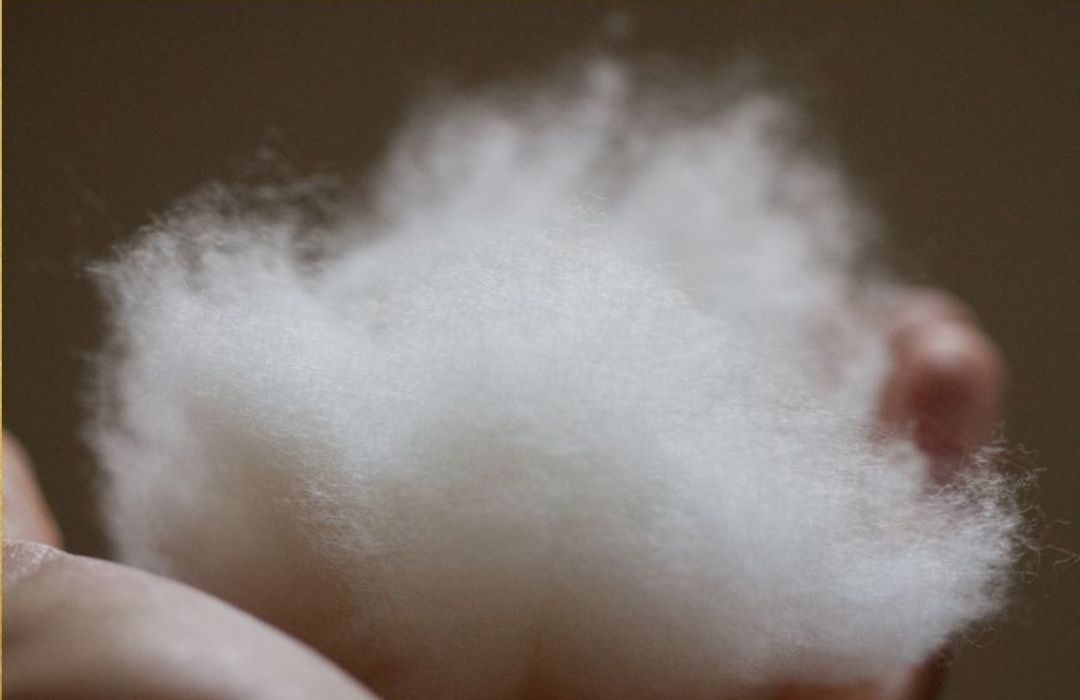How is cashmere Fibre Created and Why Is It So In Demand?
How is cashmere Fibre Created and Why Is It So In Demand?
Blog Article
Exploring the Different Kinds Of Cashmere a Natural Fiber for Ultimate High-end
Cashmere, a natural fiber, is commonly linked with deluxe and convenience. The more economical Chinese cashmere, the standard Scottish variation, and the premium Italian mix, all inform a different story of this exceptional fiber.
Comprehending the Extravagant Nature of Cashmere
Cashmere, often connected with luxury and convenience, holds an one-of-a-kind attraction in the globe of all-natural fibers. This soft, light-weight material is fancied for its exceptional heat and exceptional sturdiness. Unlike various other natural fibers, cashmere combines insulation with breathability, supplying unparalleled convenience throughout varying temperature levels. Its shiny finish and soft texture add to its premium charm, justifying the premium rate that usually includes cashmere garments. Furthermore, cashmere's fundamental crease resistance and flexibility improve its desirability, making it a recommended option for premium clothing and devices. In spite of its delicate look, cashmere possesses a surprising strength, able to keep its shape and lavish feel over time. This one-of-a-kind blend of characteristics seals cashmere's position as an icon of beauty and indulgence.
Simply What Is Cashmere and Where Does It Come From?

Offered these extraordinary top qualities, one might question concerning the beginning and makeup of this glamorous fiber. Cashmere is acquired from the soft undercoat of cashmere goats, primarily discovered in Mongolia, China, Iran, and Afghanistan - is cashmere a natural fiber. These goats are adjusted to rough climatic conditions, creating an exceptionally great, soft underfur as a protection versus the bitter cold. This underfur, or undercoat, is what is harvested for cashmere. Each spring, when the goats naturally dropped their winter months layer, farmers comb the fine underhair, leaving the coarser hair behind. This precise procedure adds to the deficiency and high price of cashmere. With its origin in the rough landscapes of Asia, cashmere is a testimony to nature's capacity to create deluxe from hardship.
Decoding the Various Kinds Of Cashmere
Understanding the different types of cashmere is vital to appreciating the quality and distinct qualities of this extravagant fabric. Normally, cashmere is classified right into three kinds: raw, virgin, and recycled. Raw cashmere is directly obtained from the goat and is unrefined. This kind usually contains impurities such as dirt and crude hair. Virgin cashmere, on the various other hand, is the pure, unrecycled product that is spun right into yarn for the initial time. It is the softest and most luxurious. Ultimately, recycled cashmere is made from virgin product that has been previously utilized. It is re-spun and utilized in producing lower-cost cashmere items. Decoding these kinds is the very first step in recognizing the exclusivity and worth of cashmere.

The Special Features of Each Kind Of Cashmere
Having discovered the different categories of cashmere, it ends up being apparent that each kind boasts its special set of attributes. Mongolian cashmere, for instance, is renowned for its remarkable quality, due to Mongolia's extreme winter seasons that generate longer and finer fibers. Conversely, Chinese cashmere is usually much more affordable, though its shorter fibers can lower sturdiness.
Why Cashmere Is the Embodiment of Luxury in vogue
Cashmere holds an esteemed setting in the globe of fashion, related to Your Domain Name as an icon of luxury and class. Its attraction is not just in its gentleness and heat, yet also in its rarity and the precise process included in its purchase. Cashmere is originated from the fine undercoat of Himalayan goats, understood for their view it premium quality fiber. The scarcity of this fiber, integrated with the labor-intensive procedure of collection, adds to its high rate and exclusive status. Moreover, cashmere's unmatched comfort and resilience make it a sought-after product in the creation of high-end garments. Its all-natural light-weight and protecting buildings contribute to its desirability, making it the epitome of deluxe in fashion.
The Process of Making Cashmere: From Goat to Garment
The journey of cashmere, from being an undercoat of a Himalayan goat to an elegant garment, is an elaborate one. With the advent of springtime, farmers in Mongolia and China gather the wool by brushing the goats, making certain no damage is done. The obtained woollen contains rugged outer hair and soft downy undercoat. This mix is then painstakingly divided, with only the soft down used for cashmere. This raw cashmere is cleaned, dyed and rotated into yarn. The thread is then woven or weaved into textiles. The last step entails pressing and cleaning to provide the fabric its particular softness and heat. From goat to garment, each step is a testimony to the perseverance, artistry and ability included in crafting cashmere.

Final Thought
Finally, cashmere, with its all-natural beauty and exceptional comfort, rules supreme worldwide of high-end fashion. The variety in types, varying from the soft Mongolian, lightweight Indian Pashmina, economical visit this page Chinese, conventional Scottish, to the vivid Italian, exposes the versatility of this natural fiber. The meticulous process of transforming it from a goat to a garment additionally contributes to its exclusivity, making cashmere the embodiment of class and luxury.
Cashmere, an all-natural fiber, is typically linked with high-end and convenience (is cashmere a natural fiber).Cashmere, commonly associated with deluxe and comfort, holds a special allure in the globe of natural fibers. Unlike other all-natural fibers, cashmere combines insulation with breathability, providing unparalleled comfort throughout varying temperature levels. Cashmere is derived from the soft undercoat of cashmere goats, mostly located in Mongolia, China, Iran, and Afghanistan. Cashmere is obtained from the great undercoat of Himalayan goats, known for their remarkable quality fiber
Report this page